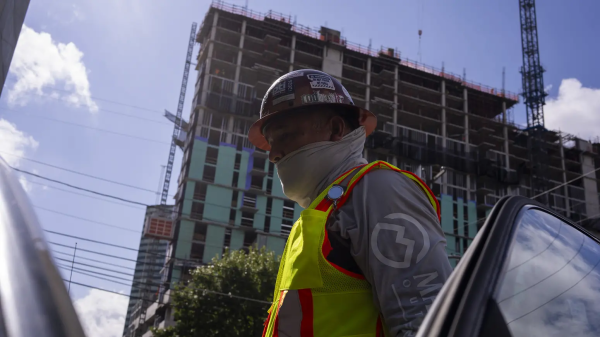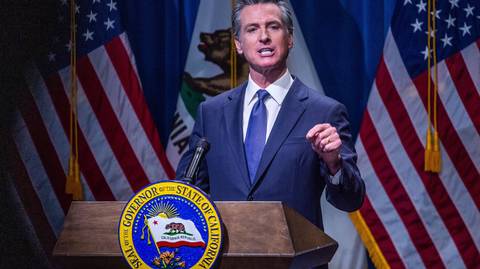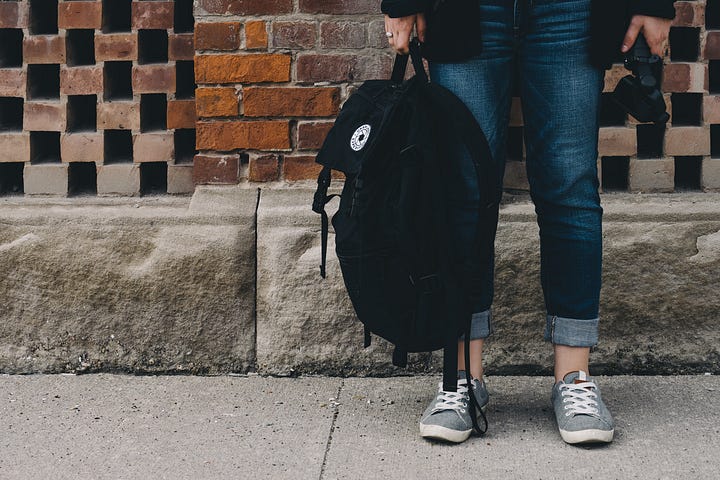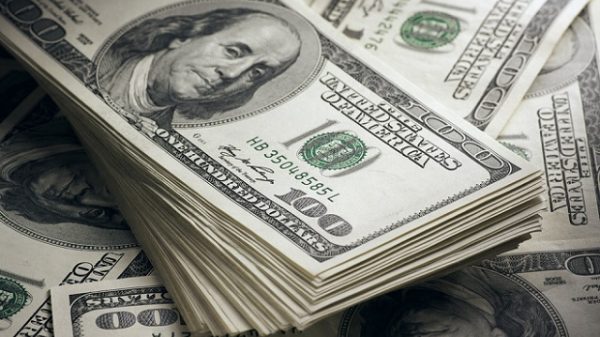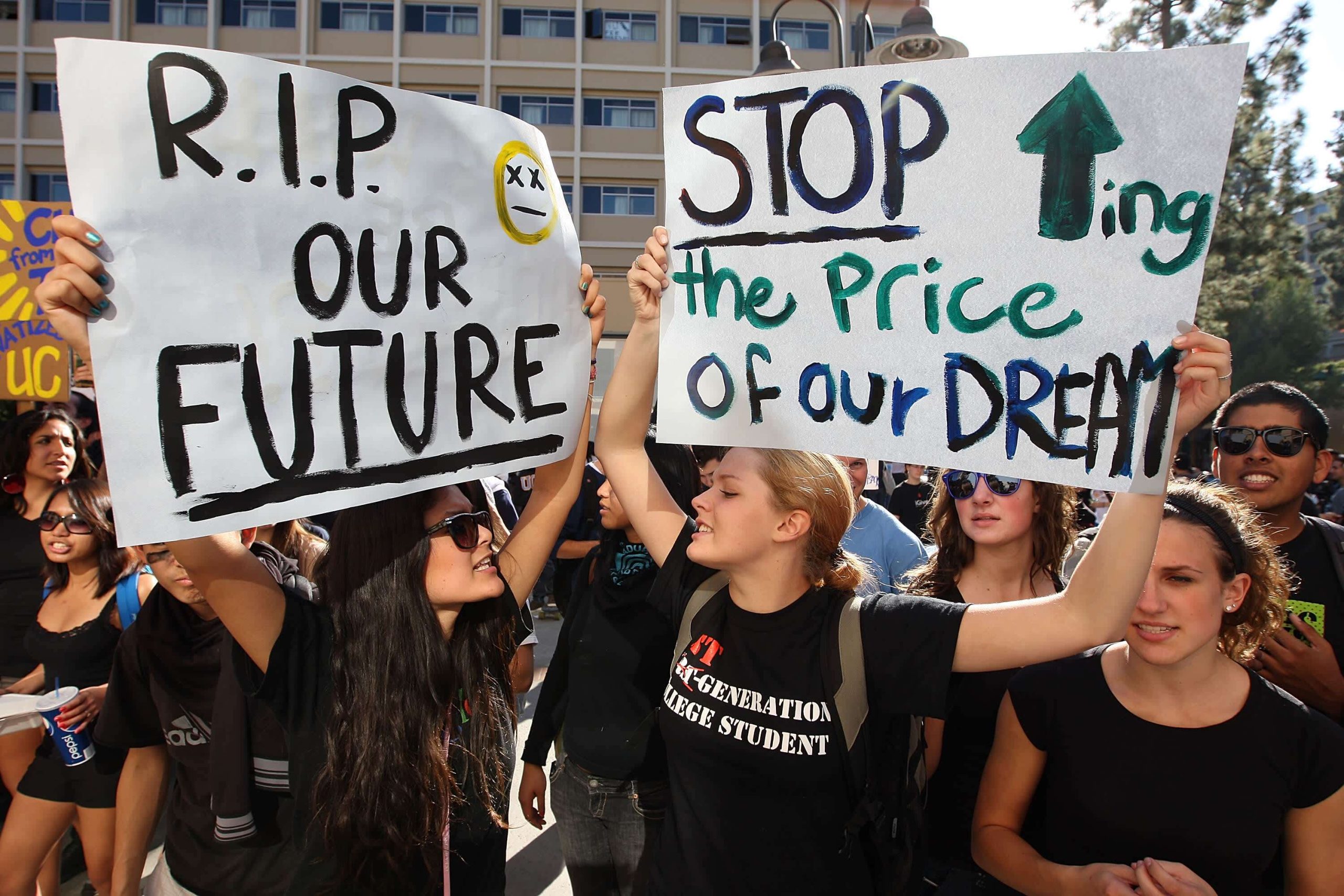
The student loan crisis has led to defaults, mistrust, and economic dangers. (Photo: CNBC)
Student Loan Crisis – is this a problem to the economy?
According to the Federal Reserve Bank of New York, millions of Americans had student loan debt that had grown to more than $1.6 trillion by the end of the previous year which result to student loan crisis.
It is the end effect of a decades-long borrowing boom and rising tuition rates.
According to data from the Federal Reserve on student loan crisis, those under 30 are more likely than older folks to be in debt from student loans, highlighting the crushing load this generation of Americans is bearing.
But the effects span several generations. Americans 50 years of age and older are responsible for over a quarter of the nation’s outstanding student loan debt.
College grads do indeed make more money than non-graduates.
According to data from the Bureau of Labor Statistics, in 2021, full-time workers aged 25 and older with a bachelor’s degree made roughly $27,000 more than those with only a high school diploma and no degree.
But there is a cost to these lucrative jobs. The College Board discovered that 51% of graduates from public four-year universities in the 2020–2021 academic year had average federal debt of more than $21,000 each which resulted to student loan crisis.
For those who attended a private university, the percentage is slightly higher, with 53% graduating with federal debt that averages more than $22,000.
According to Mamie Voight, president and CEO of the Institute for Higher Education Policy, the price of a college education has increased faster than the rate of inflation.
According to data from the National Center for Education Statistics, a four-year public institution of higher learning cost $1,545 for the academic year 1968-1969 when adjusted for inflation.
Tuition, fees, and room and board are all included. Data reveals that this compares to $29,033 for the 2020–2021 academic year.
This amount would be closed to $12,000 per year if school expenditures rose at the same rate as inflation.
There has been a somewhat a student loan crisis especially to debtors and so as to the economy.
A number of legislative initiatives designed to increase access to higher education led to the creation of the contemporary federal education borrowing system, but they also had some unforeseen consequences.








